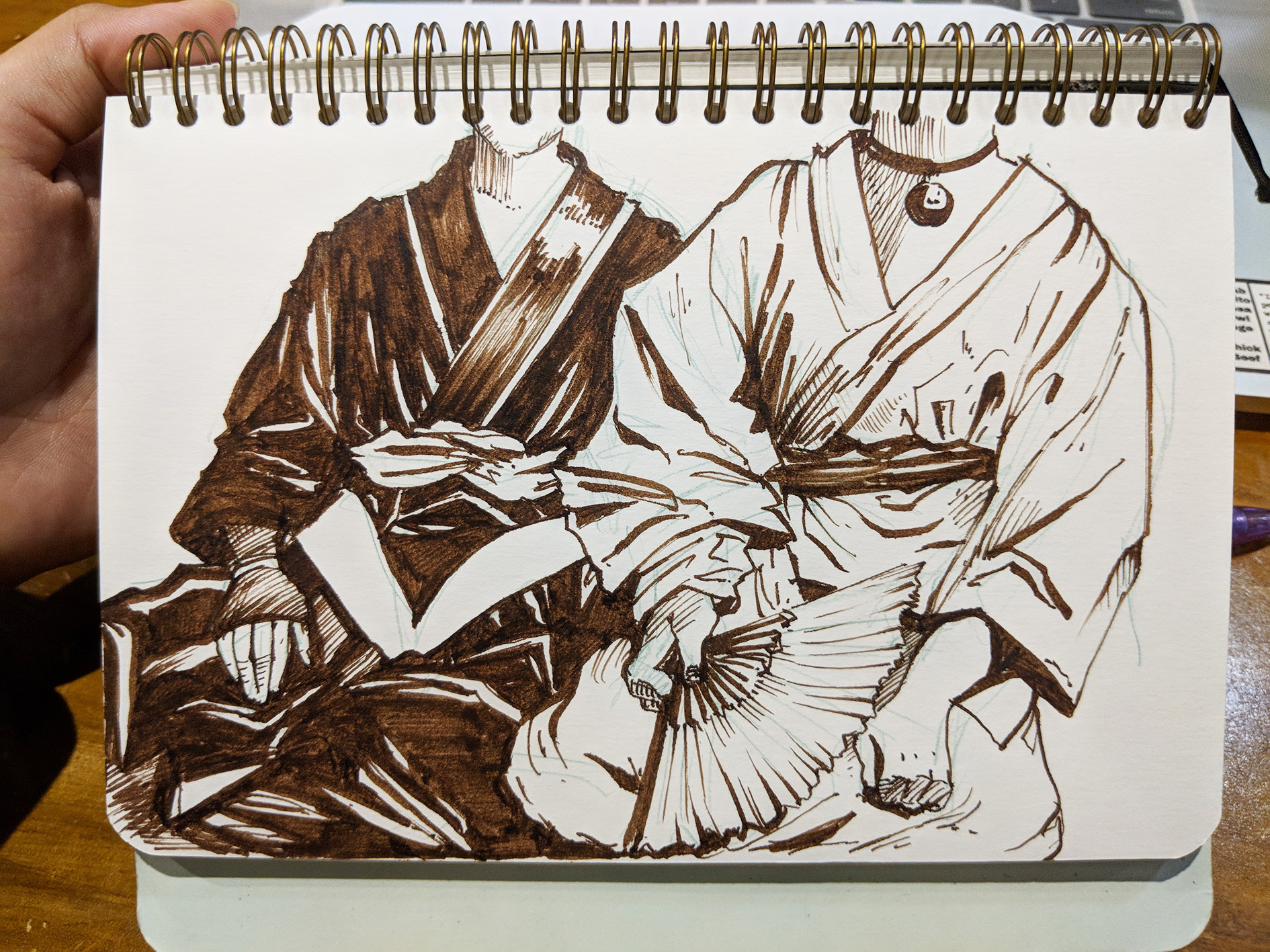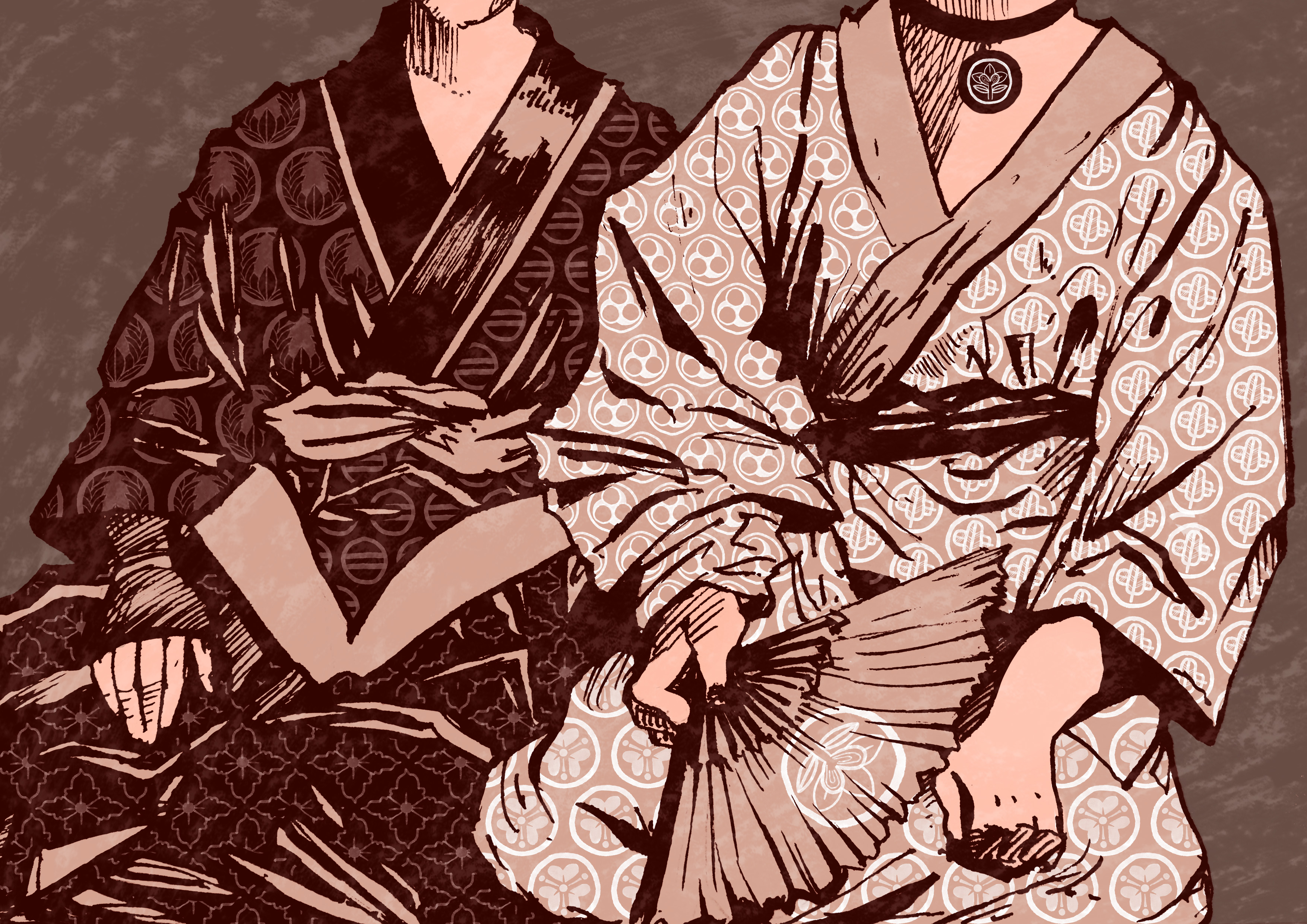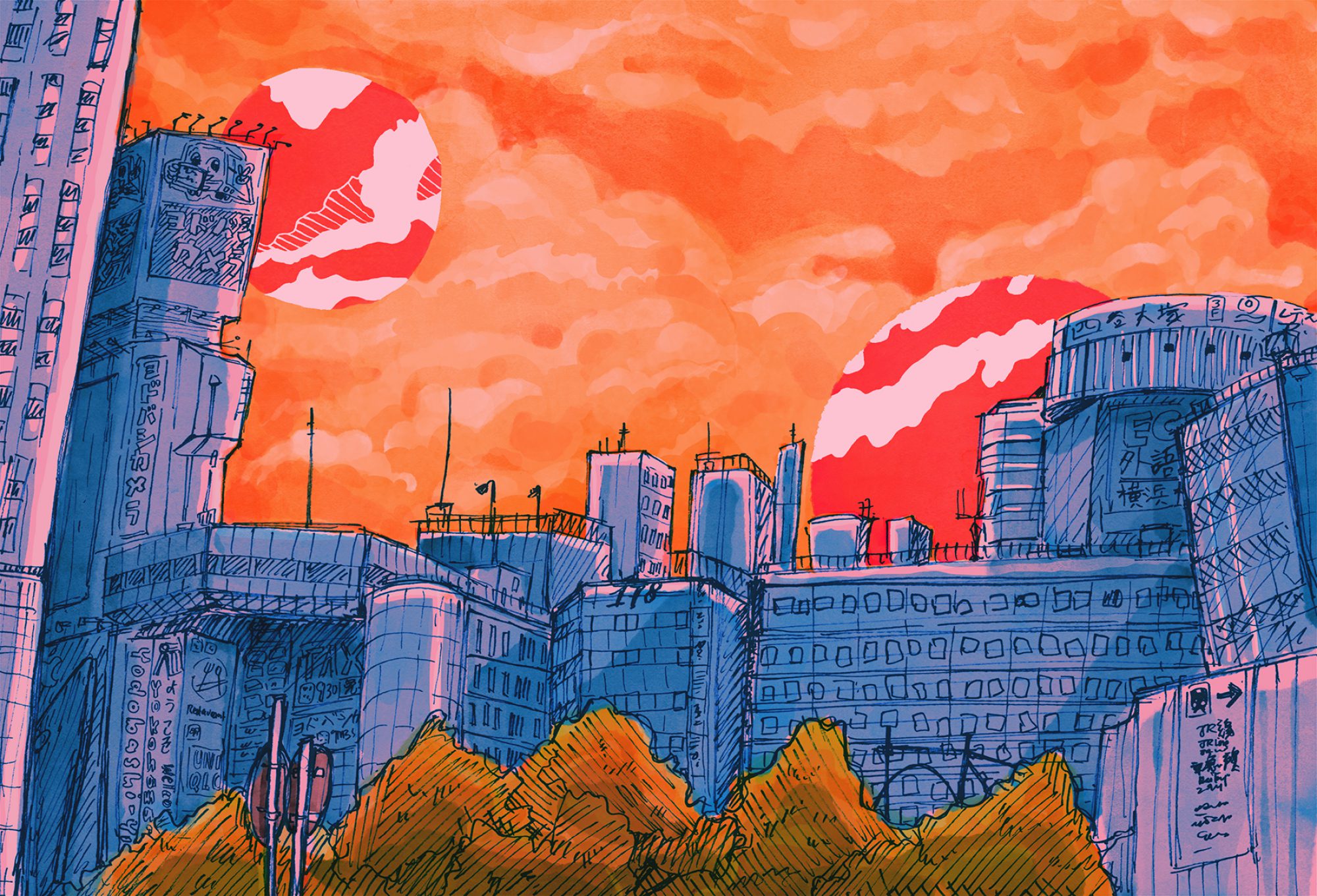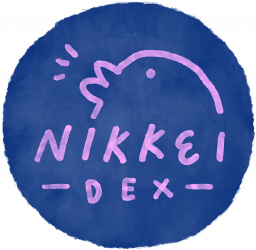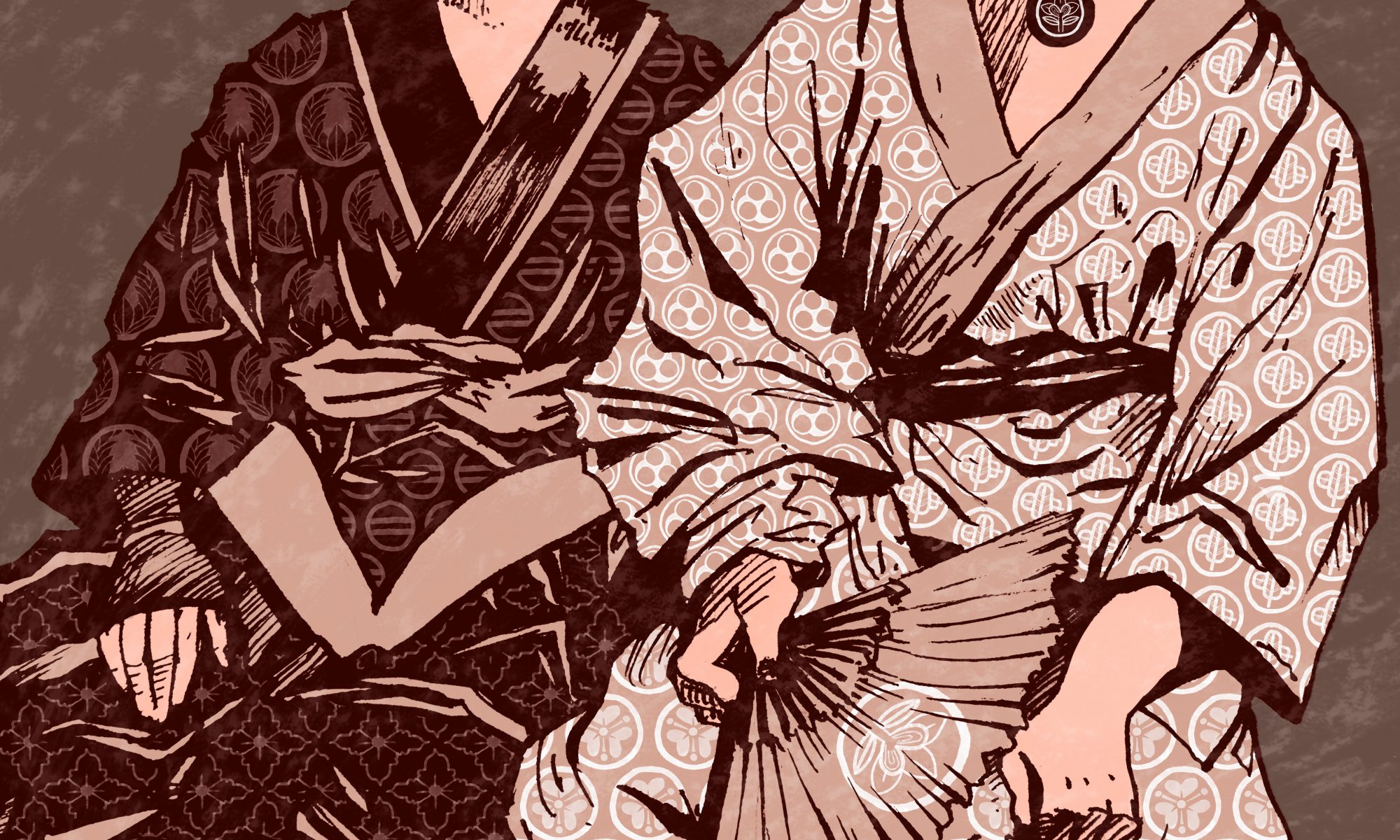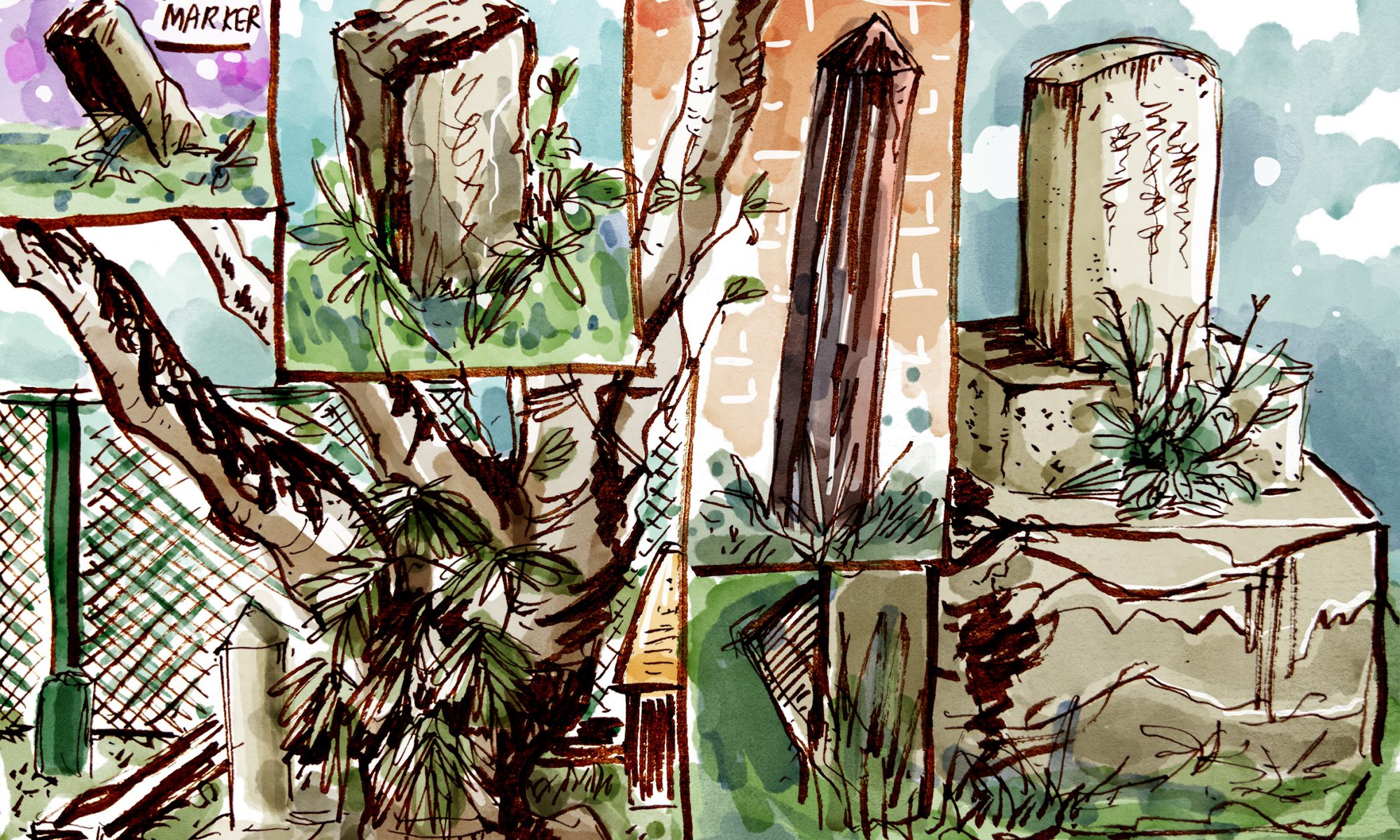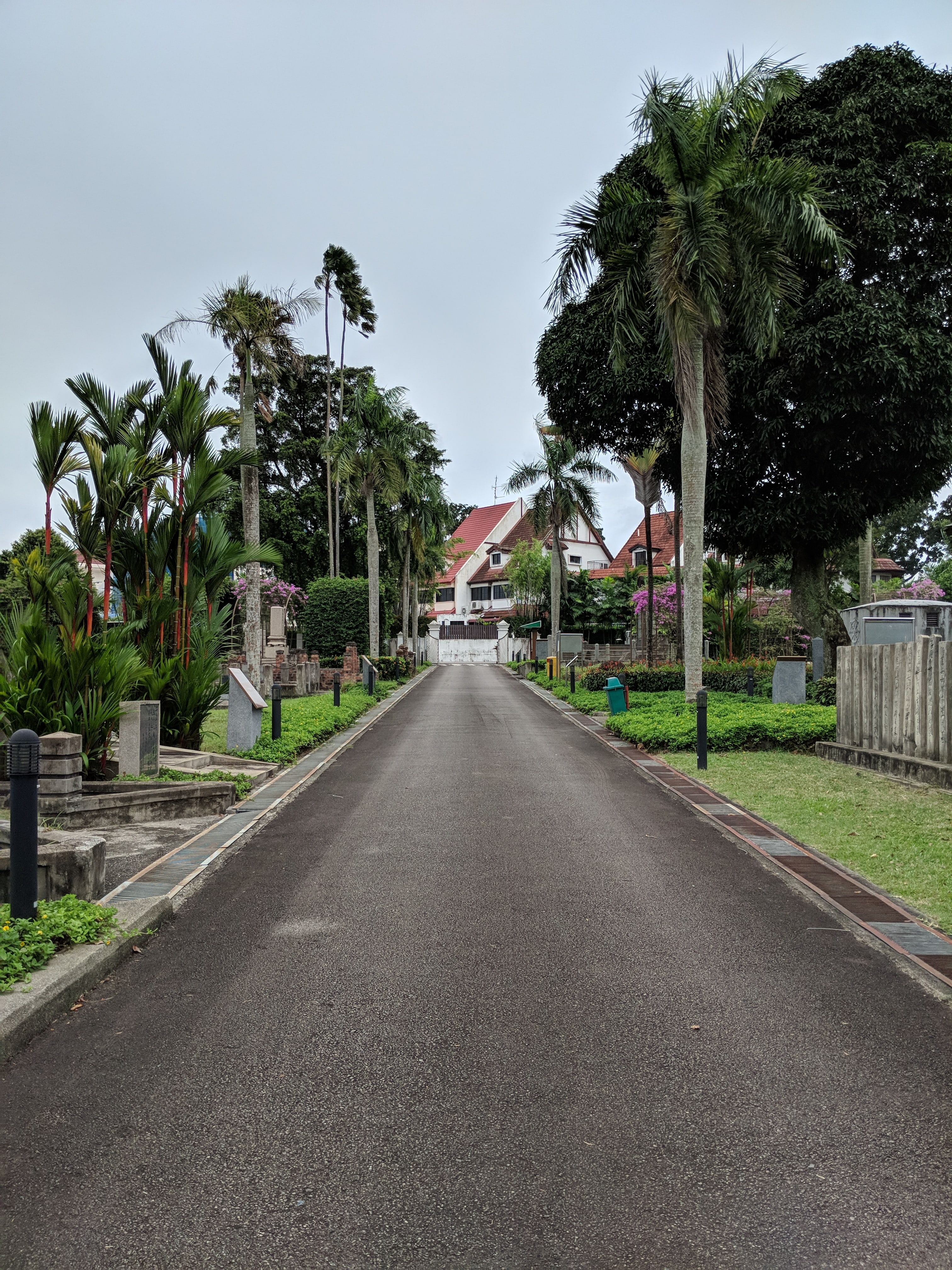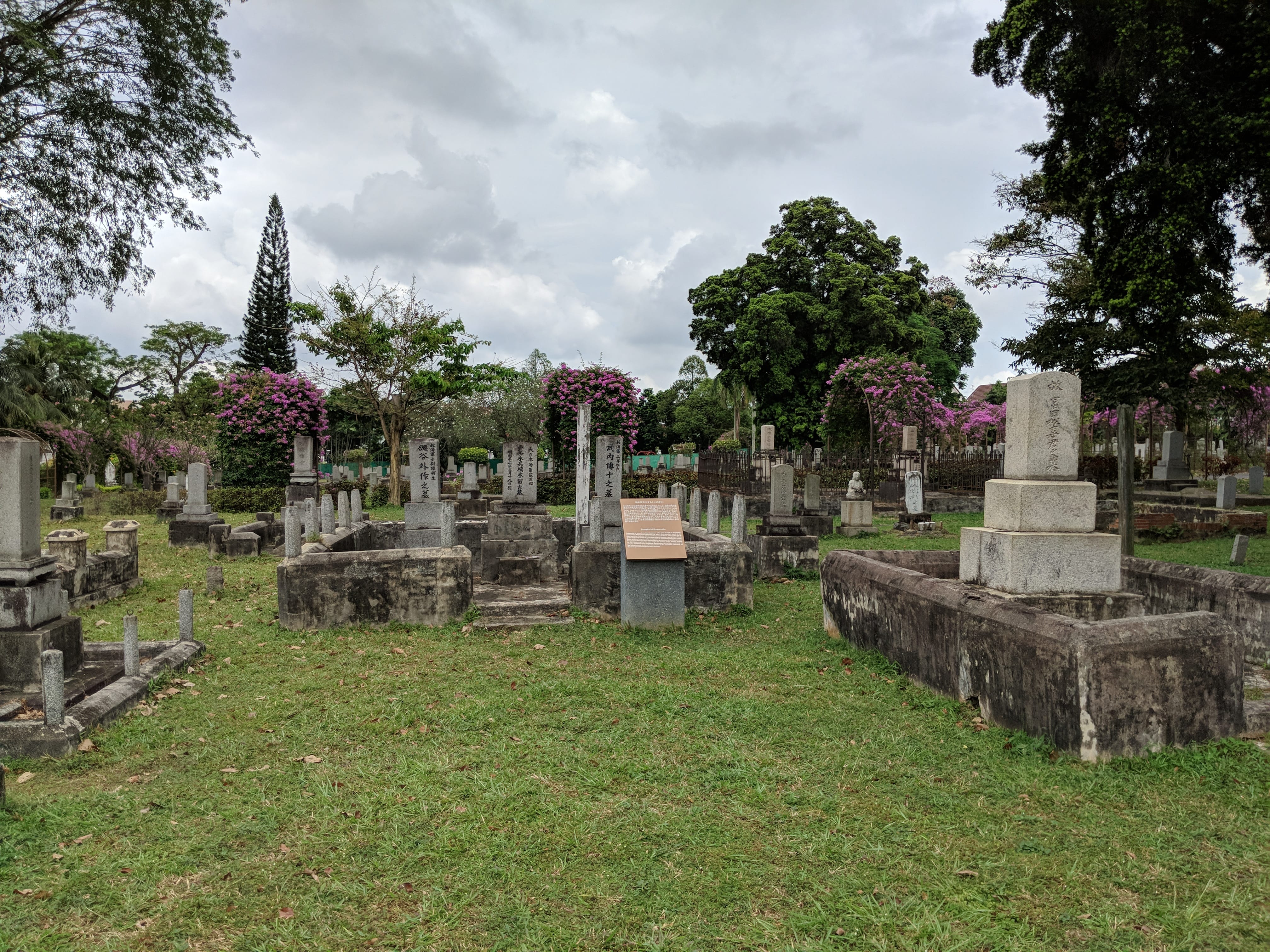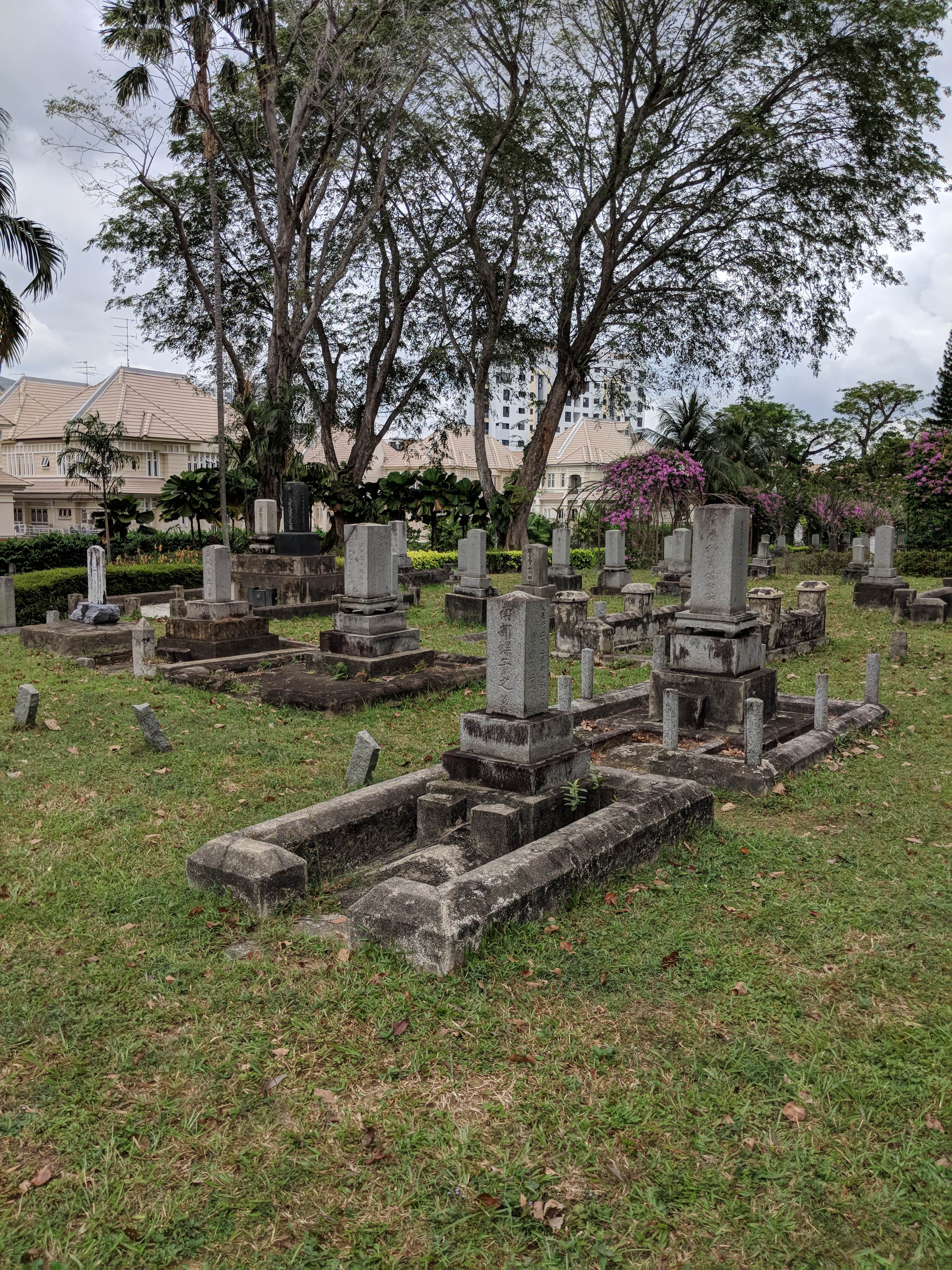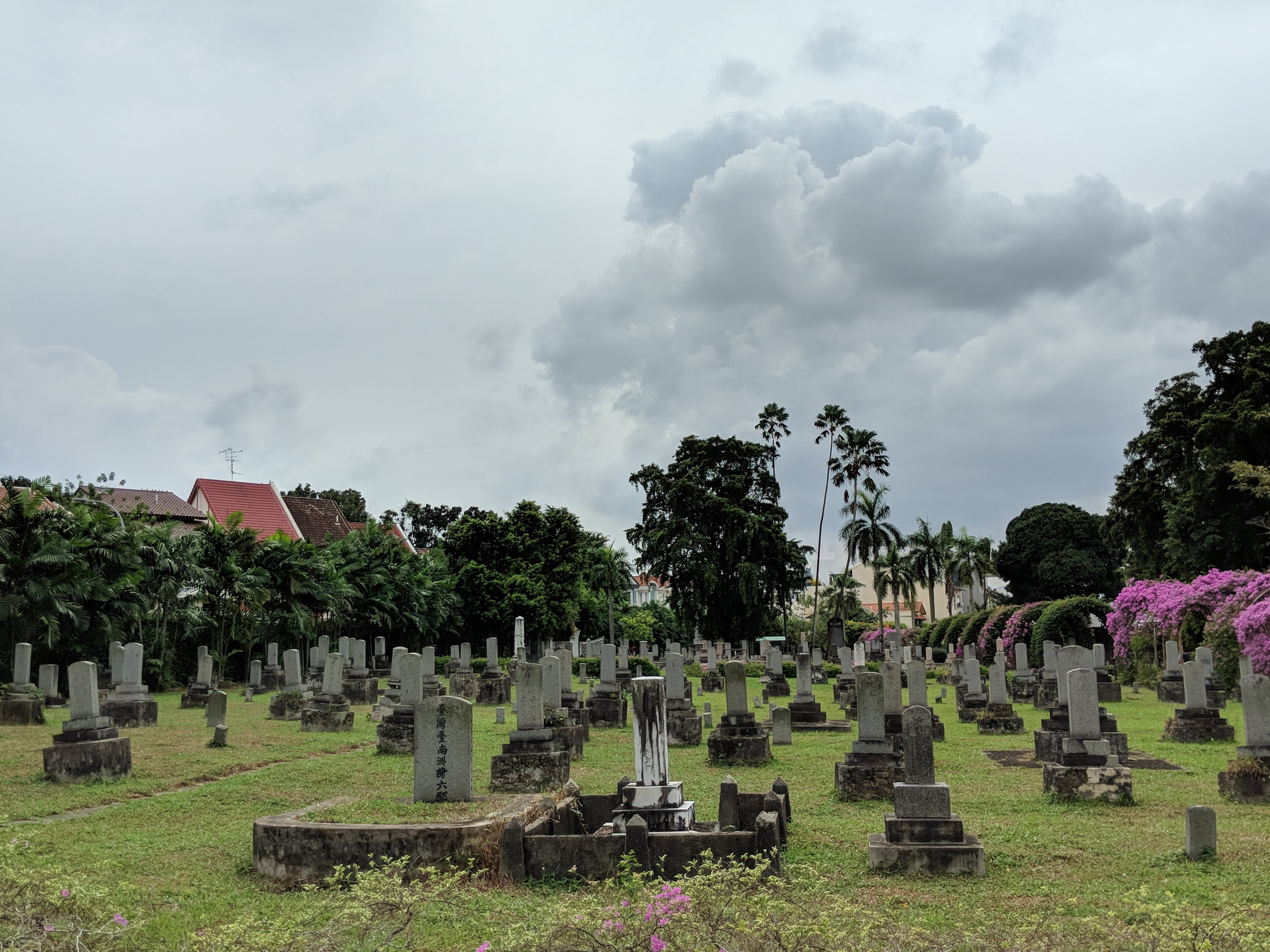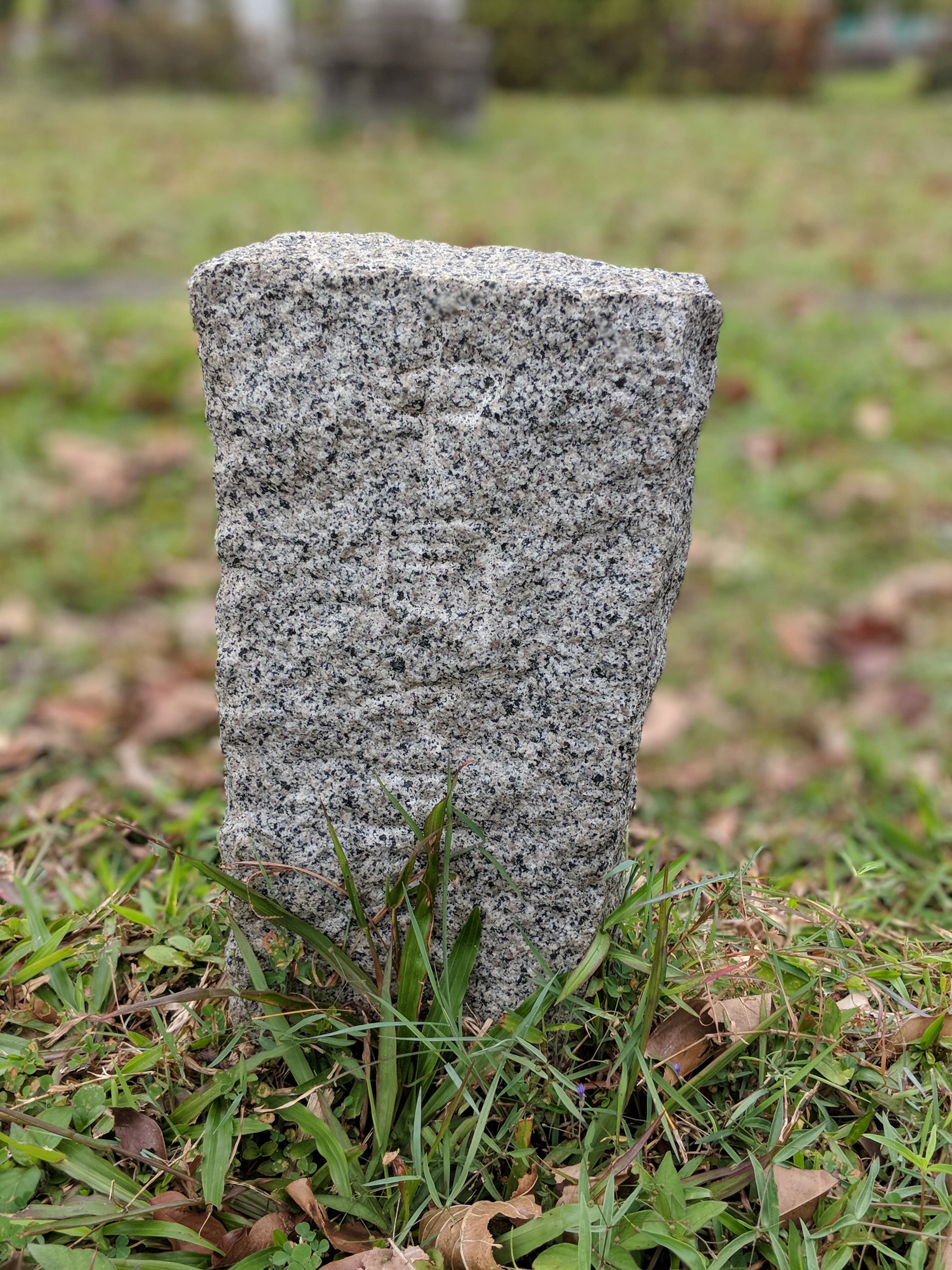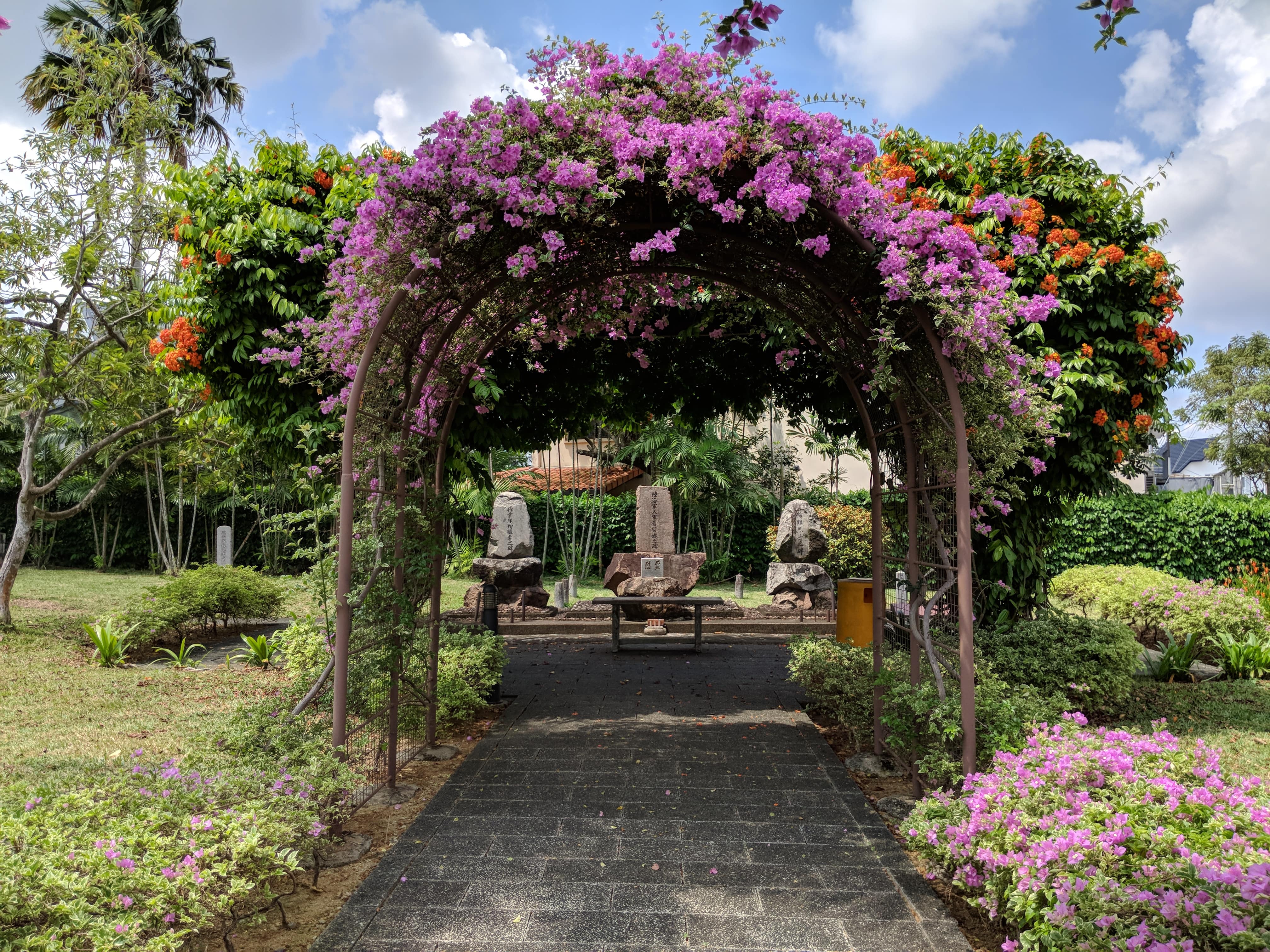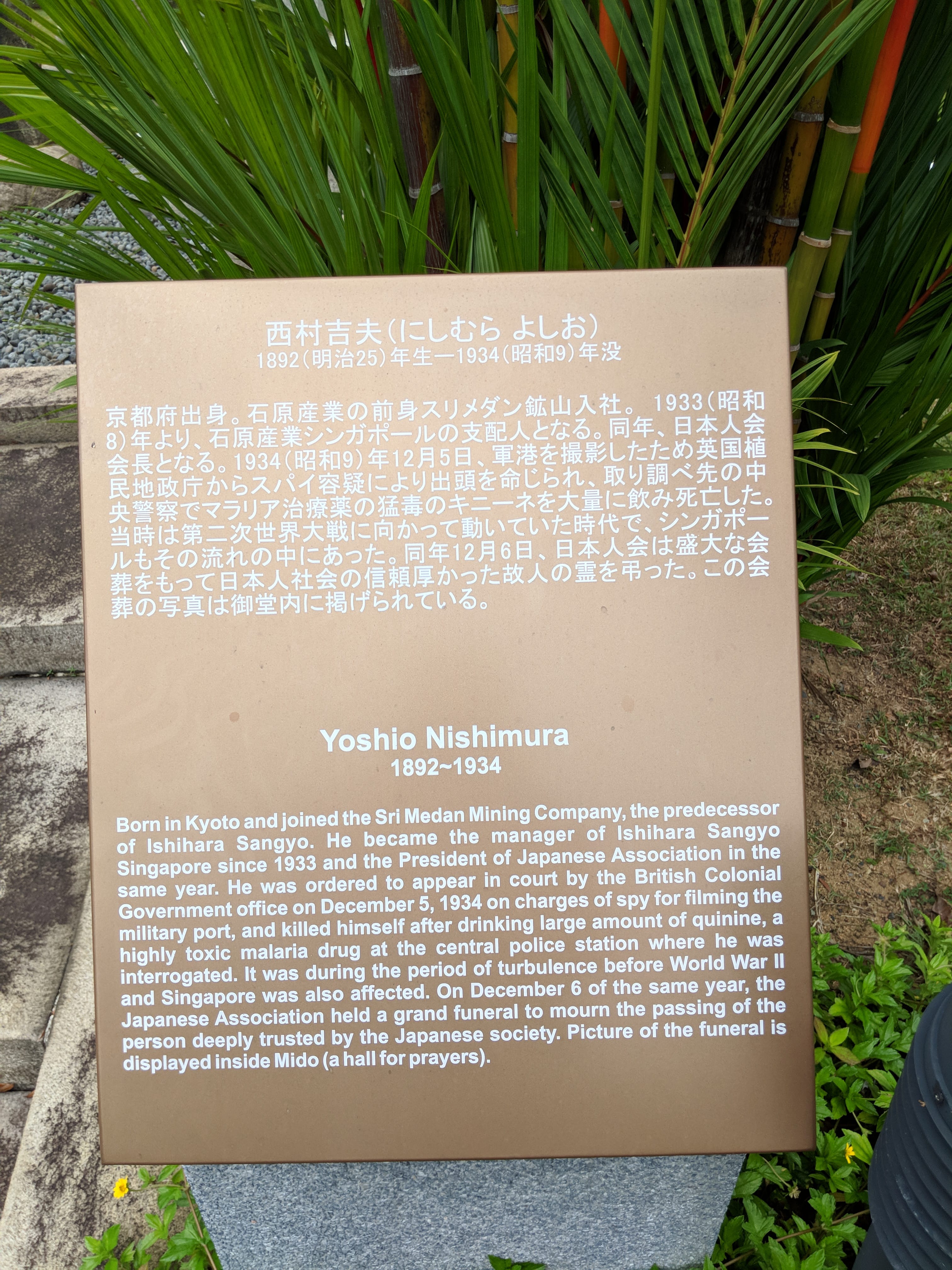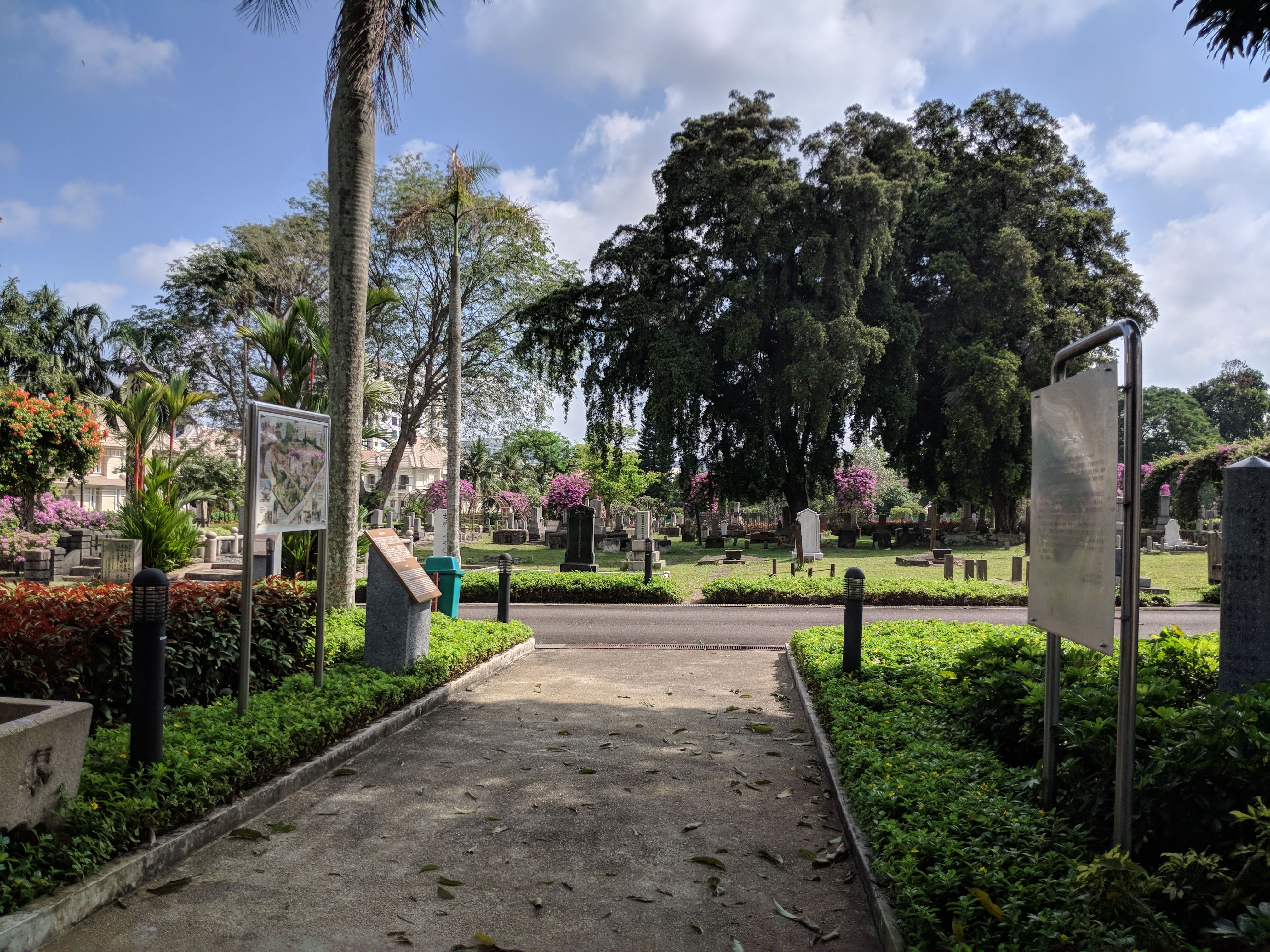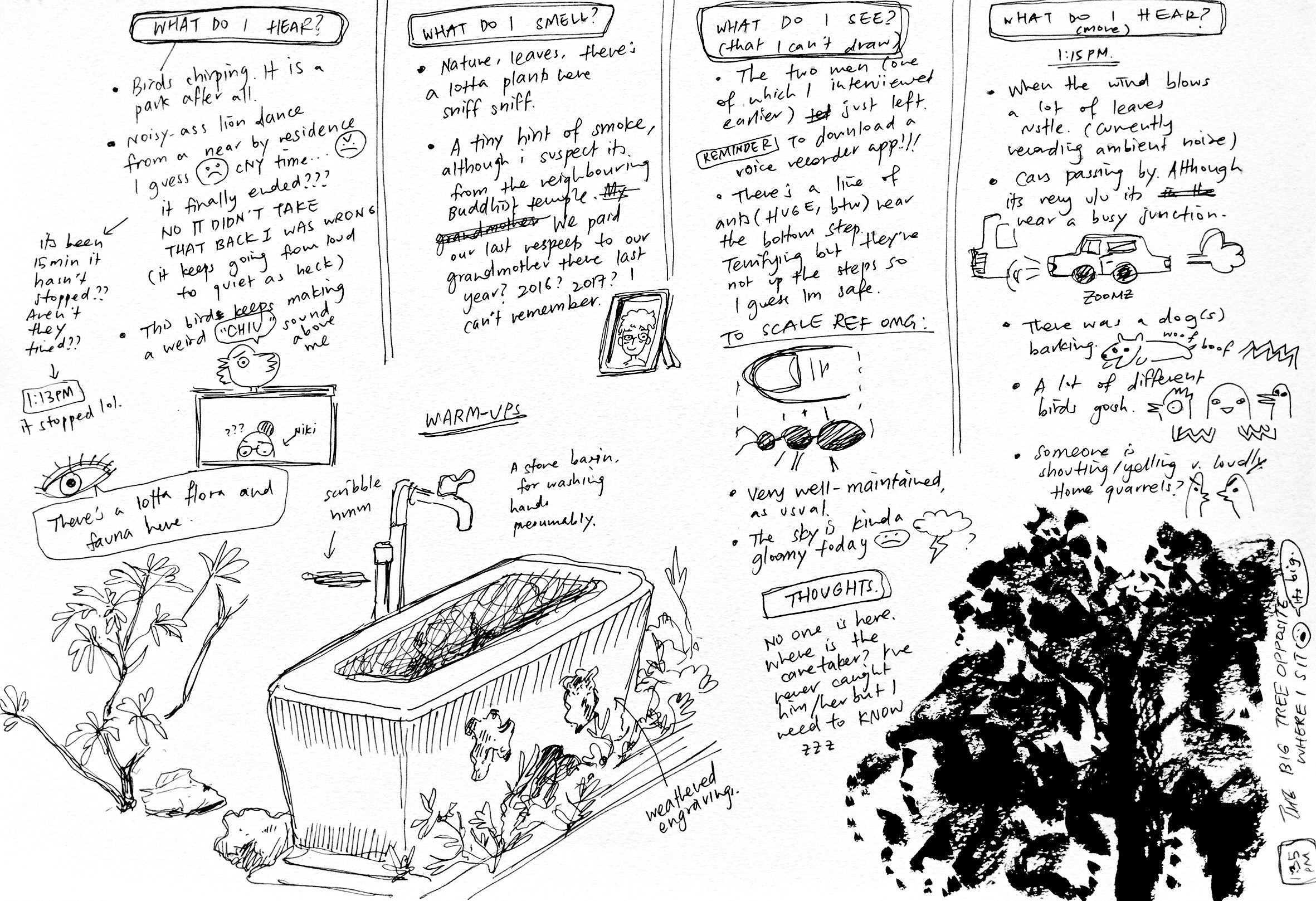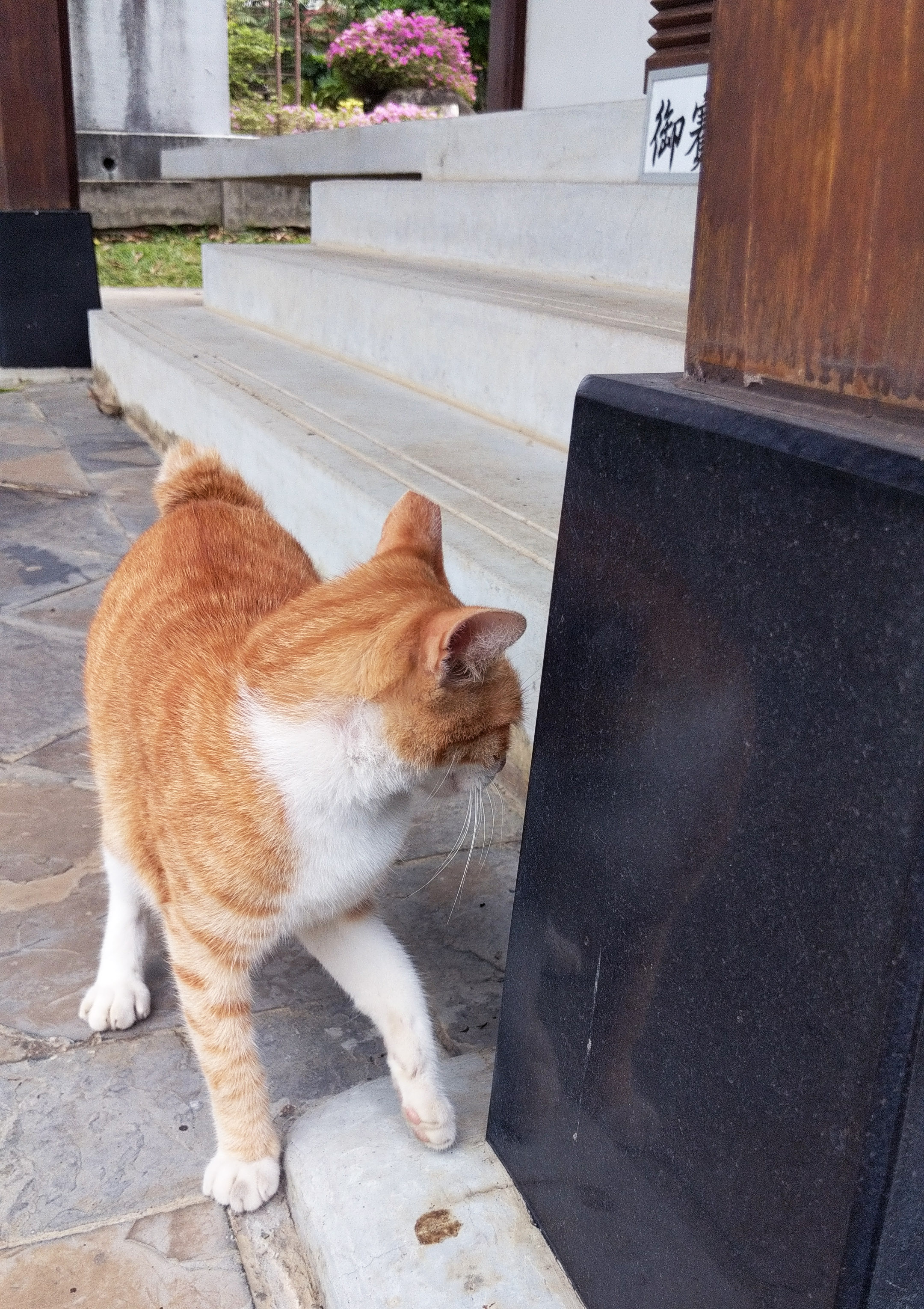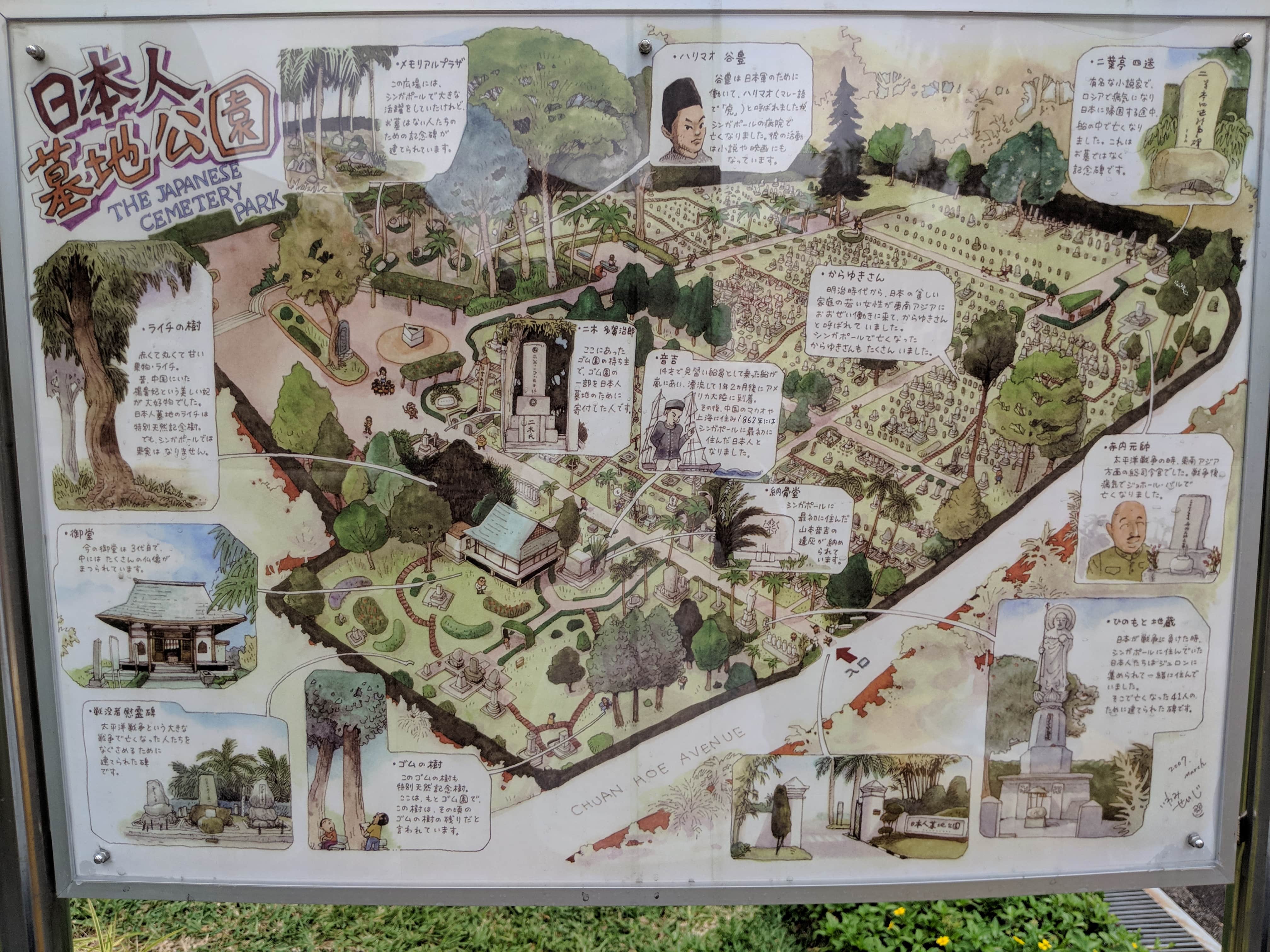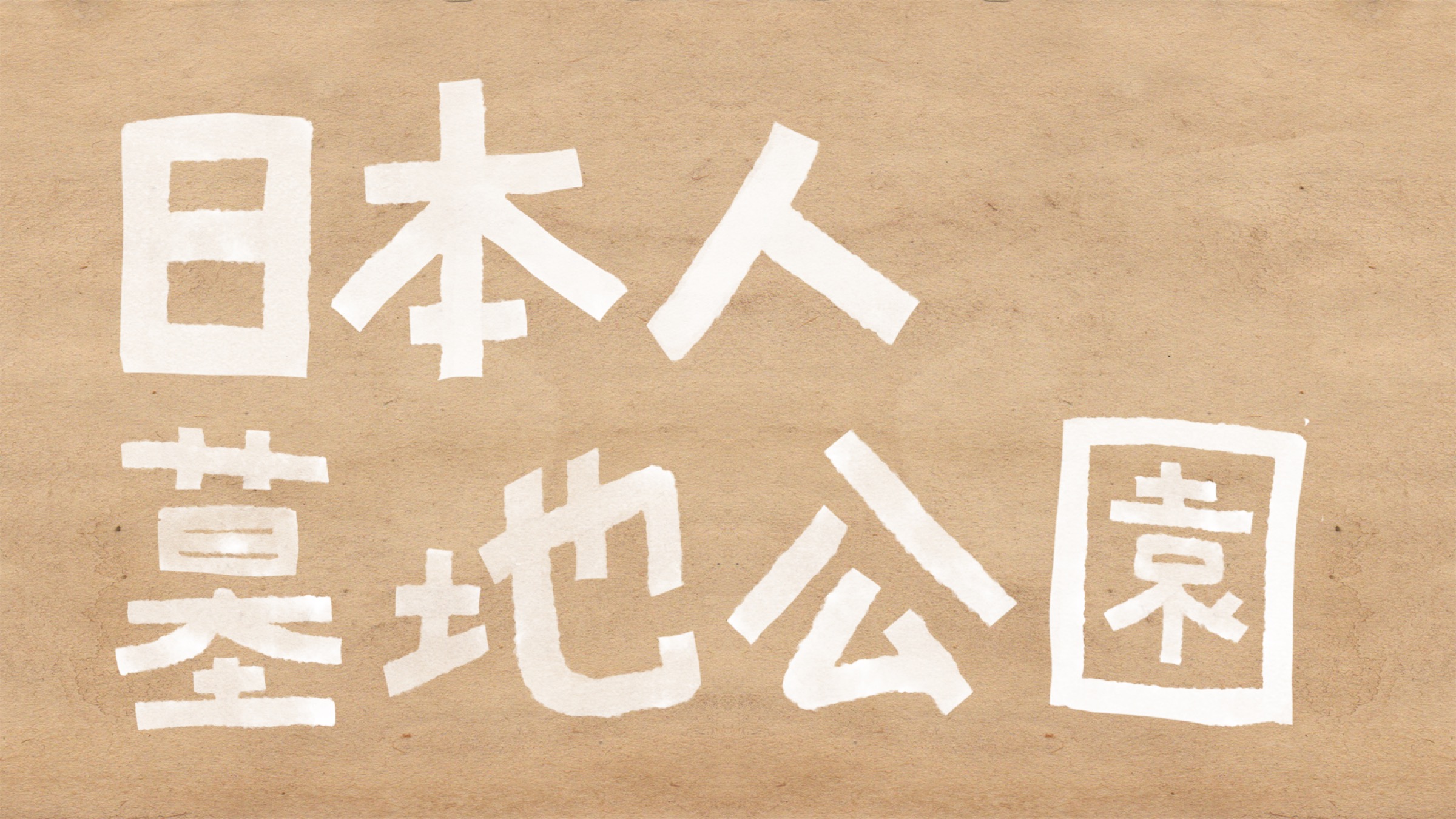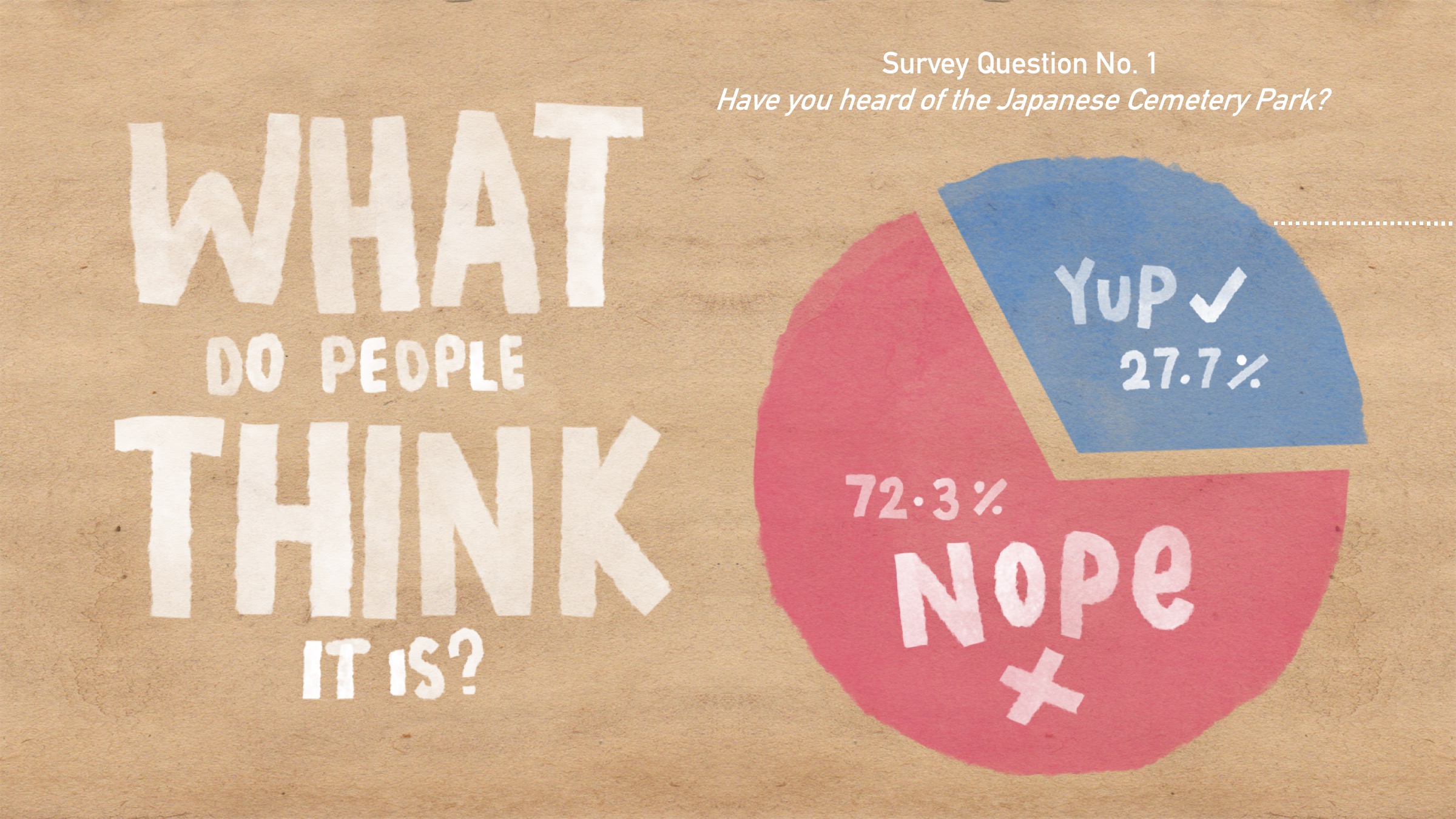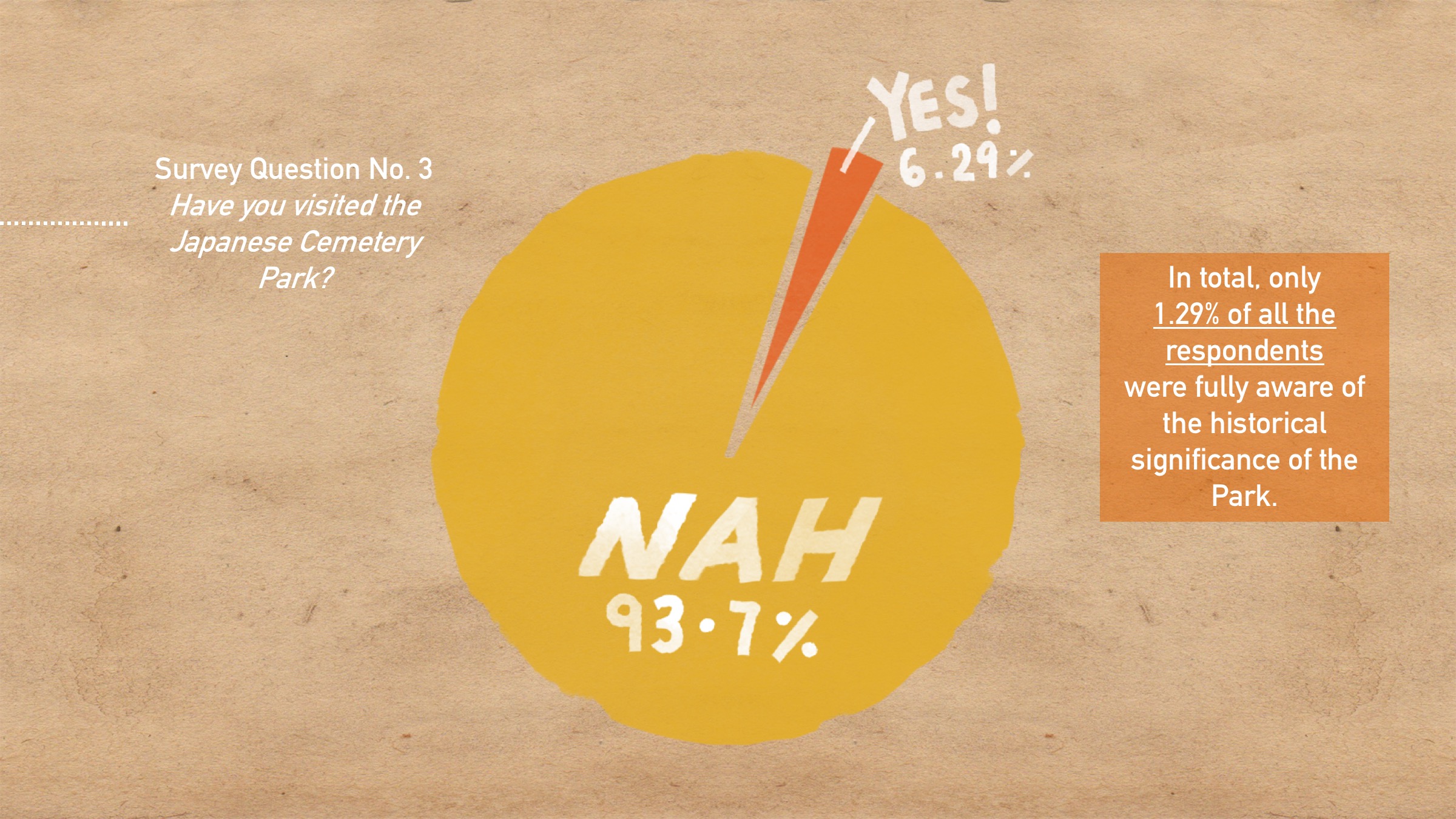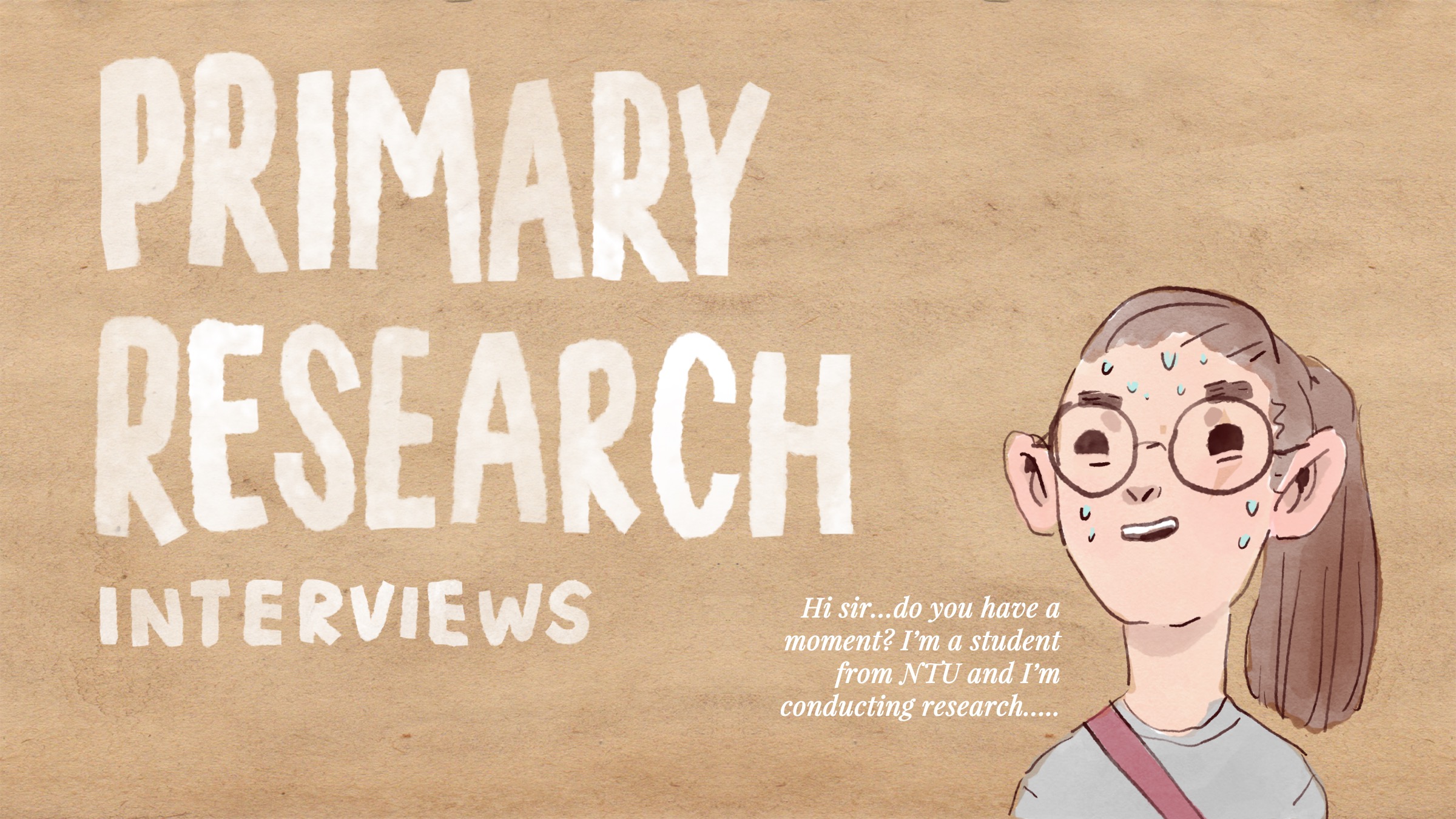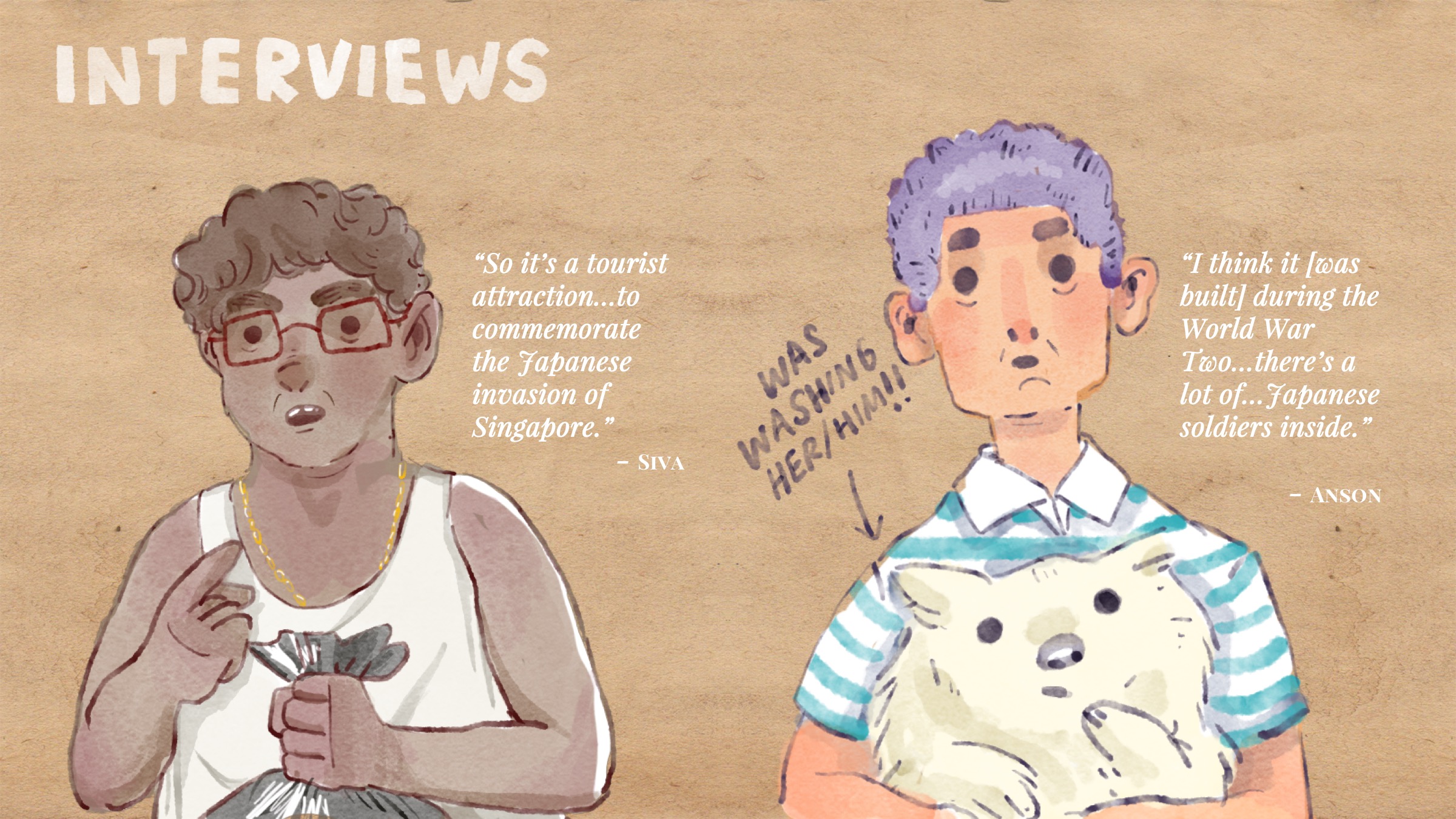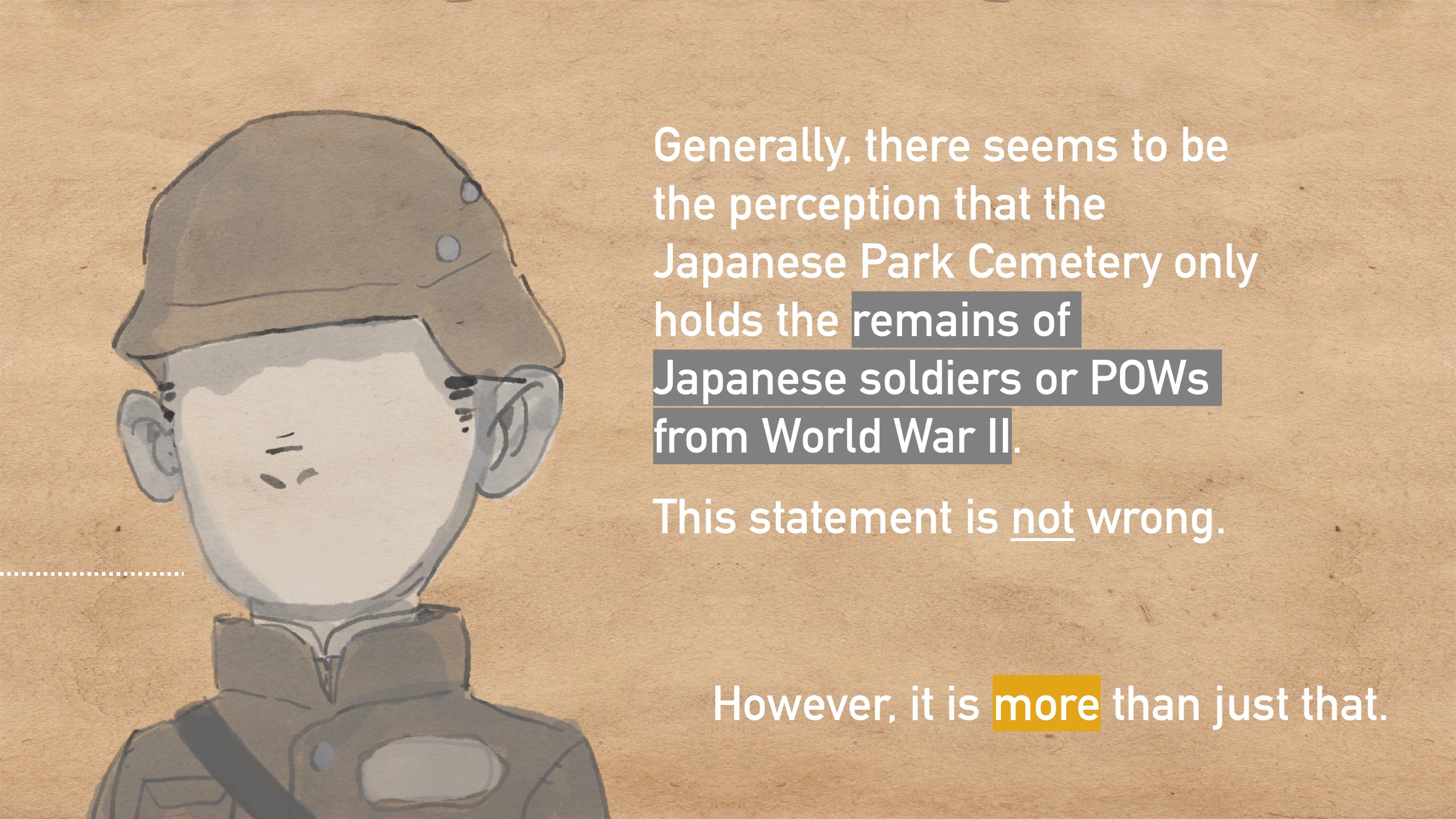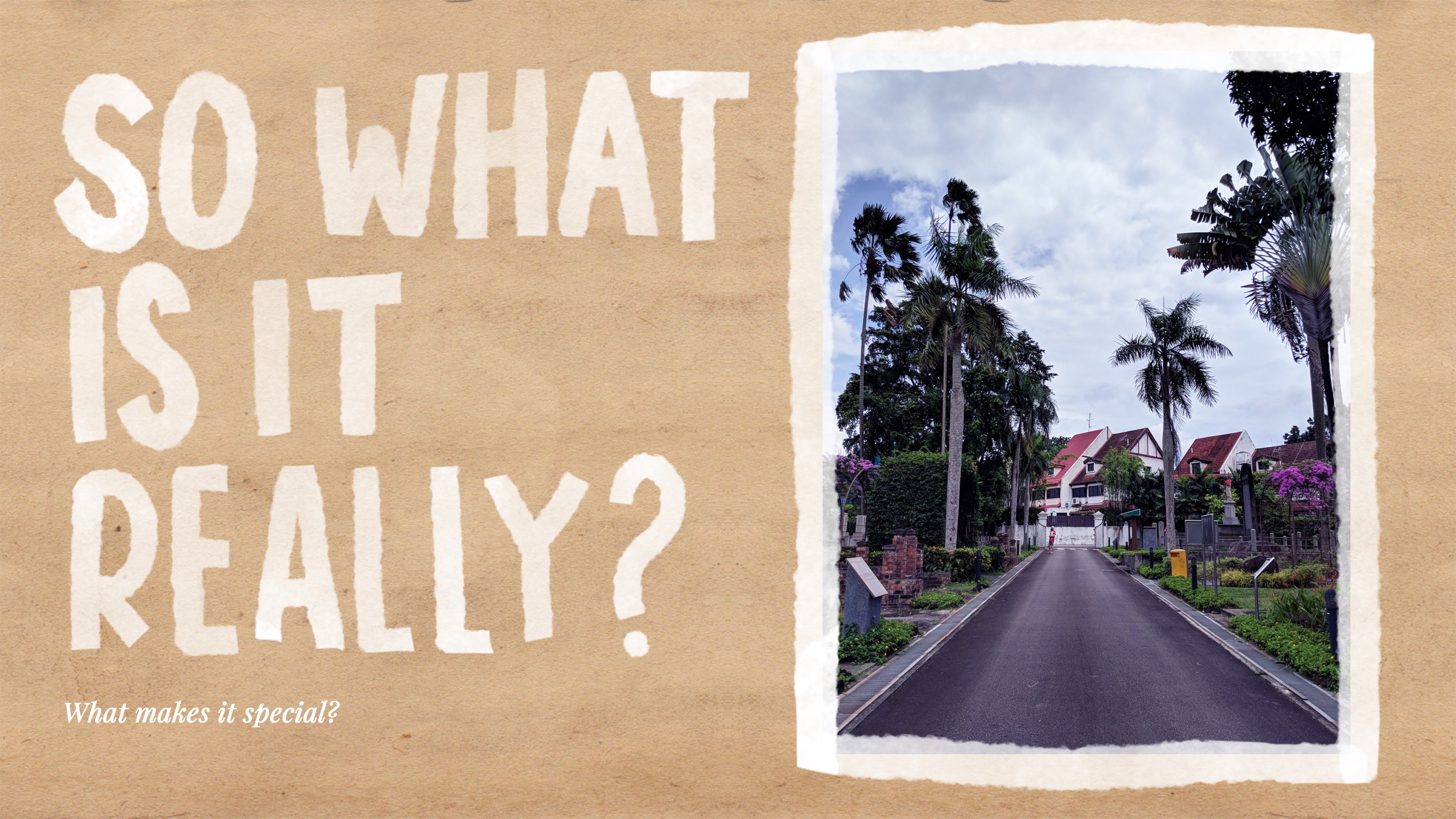part ii: zine
Not gonna lie for the zine I was pretty lost?? Initially I had ideas but like I didn’t know it had to be..ABSTRACT….so when I heard that I was like Oh No how??
But eventually the plan of action was to have the spreads follow a chronological order of changes within the cemetery, with a focus on unique Japanese visual cues:
- First spread: Pre-war period
- Origins of the Cemetery: Karayuki-san
- Family tombs: Kamon family crests
- Second spread: Wartime
- War memorials
- Third: Post-war period
- What do we see in the park now? Joggers, students…
first spread: pre war spread
Since I wanted to incorporate the karayuki-san, who were the first to be buried in the cemetery, as well as the interesting motifs in the kamon family crests found on some of the graves, I thought I could combine the two into one spread.
In total I found seven different crests (Some of them might not be crests like the non-circle one??? I can’t be certain.) and tried my best to reproduce them even though a lot of them were very faded.
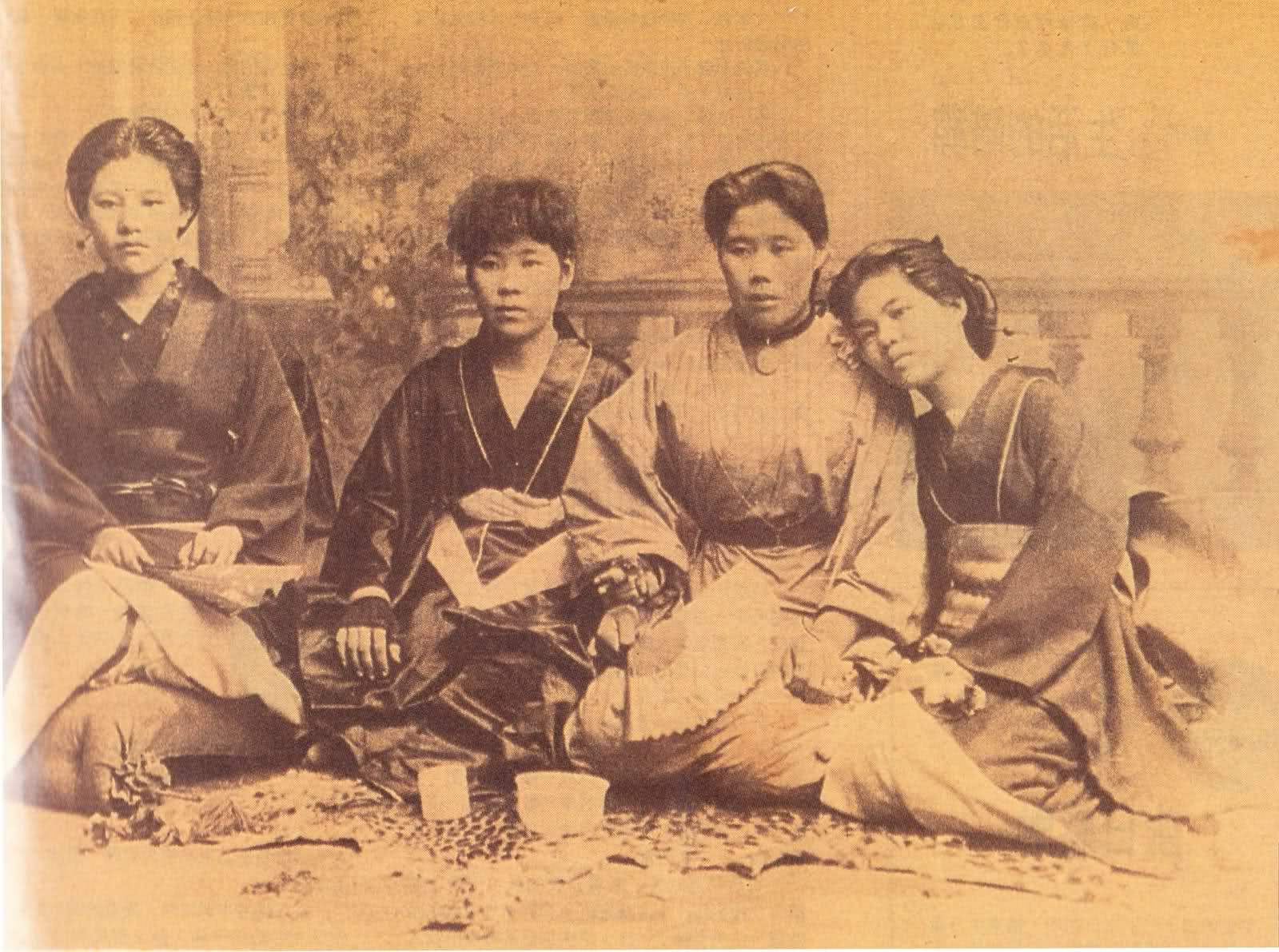
I sketched out karayuki-san from a photo, purposely leaving out their faces (apart from not wanting to burden myself with facial features) to drive home the point about the forgotten souls that rest in the place, as a lot of them died in the conditions they were under, with diseases like cholera and dysentery spreading. 🙁
